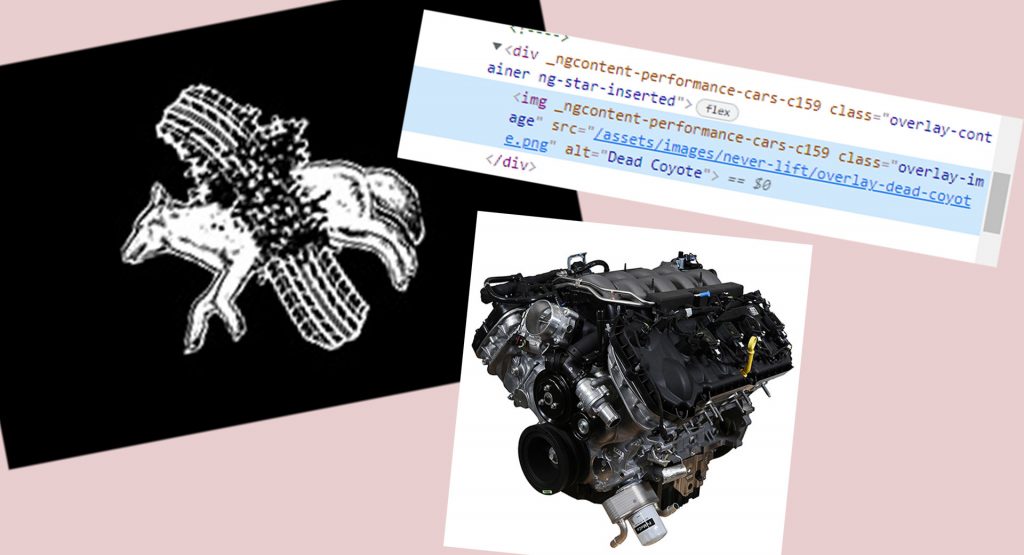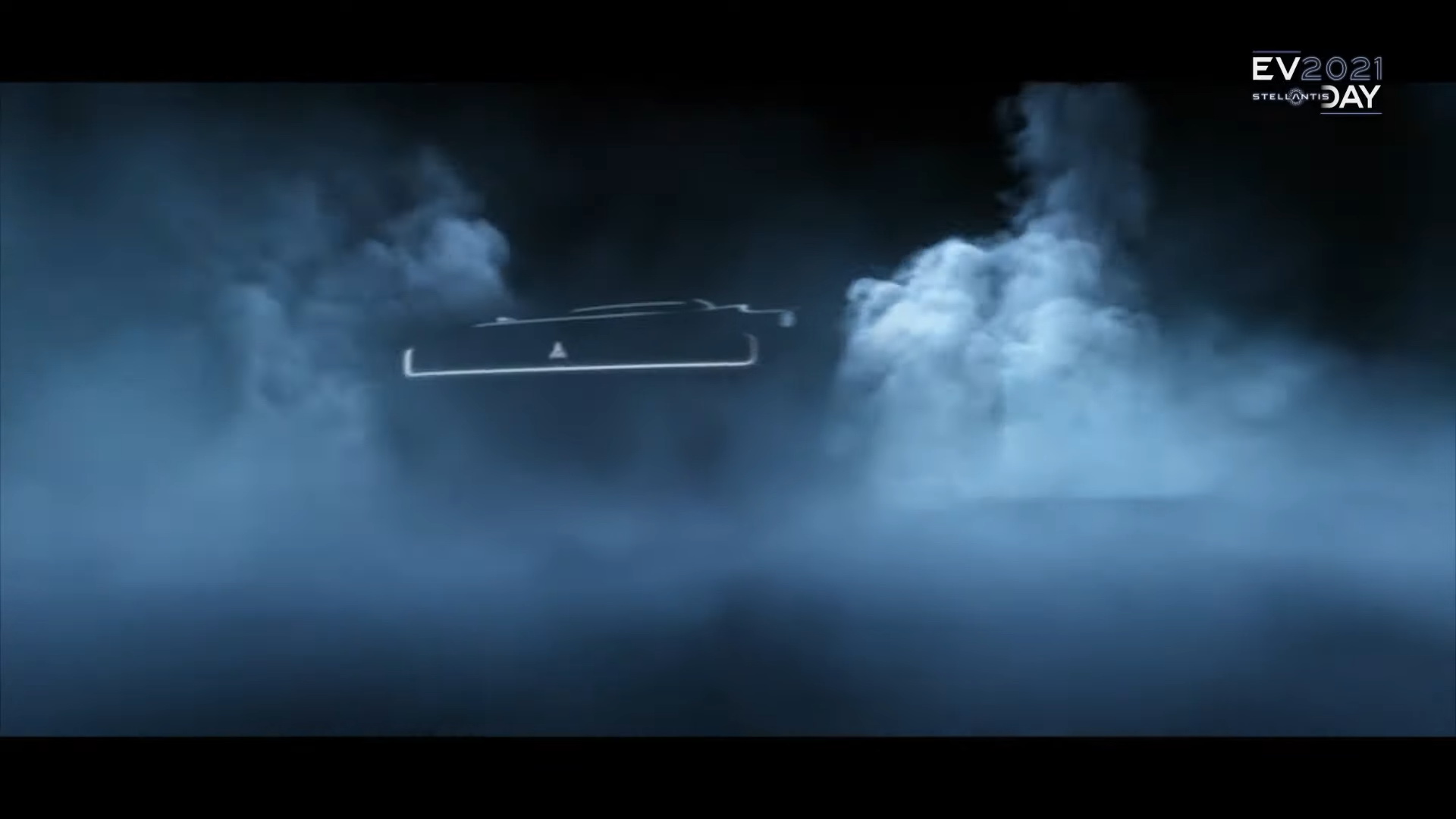Dodge loves cryptic teasers and it appears their “dead coyote” reference originally slipped under the radar.
Featured on the brand’s 24 Months of Muscle calendar, the teaser shows a coyote that has been run over.
While the tiny teaser image makes it hard to see at first glance, it’s unmistakable once the picture has been enlarged. A quick look at the source code also makes it undebatable as the image is named “Dead Coyote” and the alternative text is the same.
Also Read: Dodge Teases Electric Muscle Car Concept, Looks Like A ’68 Charger
Dodge is staying tight-lipped about the picture’s meaning, but there’s little doubt the dead coyote is a reference to Ford’s 5.0-liter Coyote V8 that powers the Mustang. This is backed up by the fact that Dodge is talking about “performance cars” and is presumably making a reference to the powertrain that will be used in the Challenger successor.
Dodge didn’t say when the coyote killer will be introduced, but it will apparently debut before the company’s electric muscle car concept. This suggests the automaker could detail the powertrain ahead of the car’s official unveiling. Of course, that’s a lot of connecting the dots and we can’t be certain at this point.
However, Dodge CEO Tim Kuniskis hasn’t been shy about acknowledging time is running out on the current Charger and Challenger. In interviews last year, he said the “cars that you know today will go out of production by the time we get to 2024.”
More recently a spokesperson told us, “In 2024, Dodge will transition to new platforms, new electrified muscle cars (the next generation of that platform will be a BEV, which will be shown in concept-car form [in] Q1 or Q2 2022).” Speaking of the new platform, Stellantis has already confirmed “AWD Performance & American Muscle” cars will ride on the STLA Large architecture and feature 101-118 kWh battery packs that allow for ranges of up to 500 miles (800 km).
Some STLA Large vehicles will use electric motors with outputs ranging from 168 hp (125 kW / 170 PS) to 241 hp (180 kW / 245 PS), however most will have motors developing between 201 hp (150 kW / 204 PS) and 443 hp (330 kW / 449 PS). This suggests all-wheel drive variants could have a dual motor powertrain with outputs as high as 885 hp (660 kW / 897 PS).
That’s more than the 840 hp (626 kW / 851 PS) Challenger SRT Demon and Stellantis hinted their upcoming EVs will be able to accelerate from 0-62 mph (0-100 km/h) in as little as two seconds. That’s faster than the Demon’s 0-60 mph (0-96 km/h) time of 2.3 seconds.








